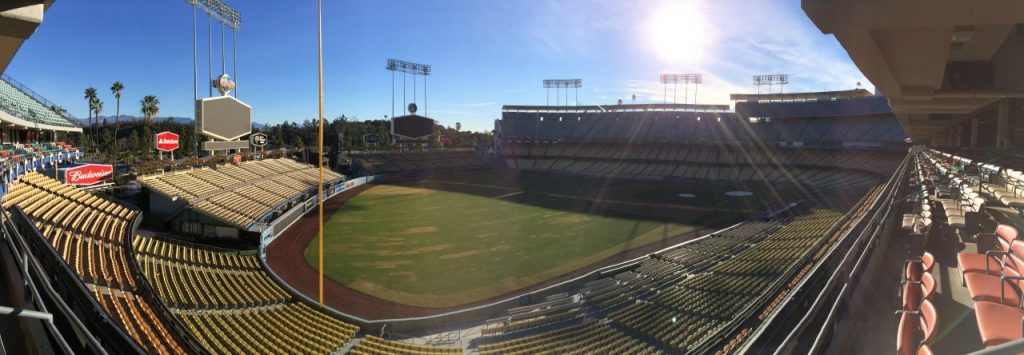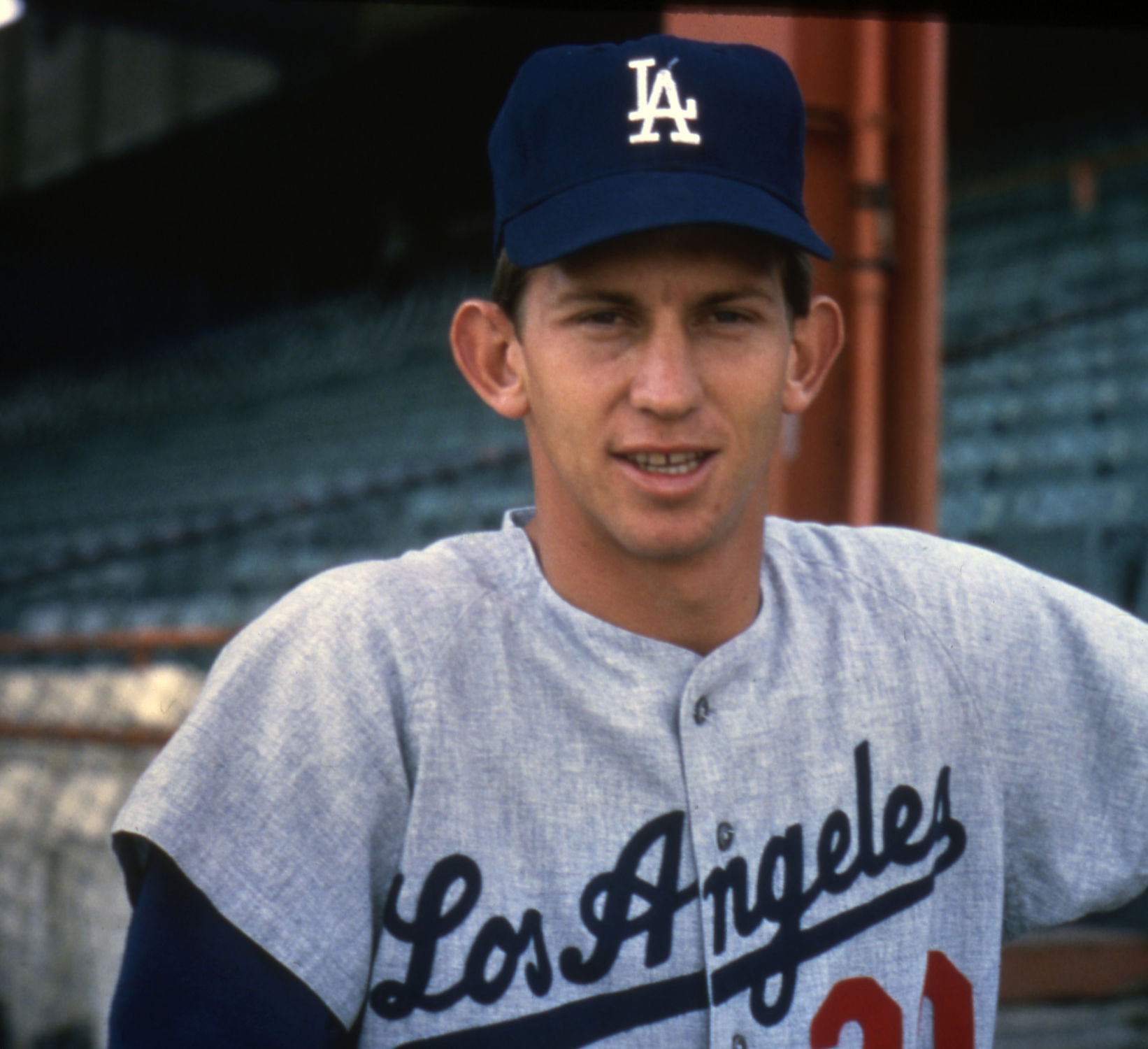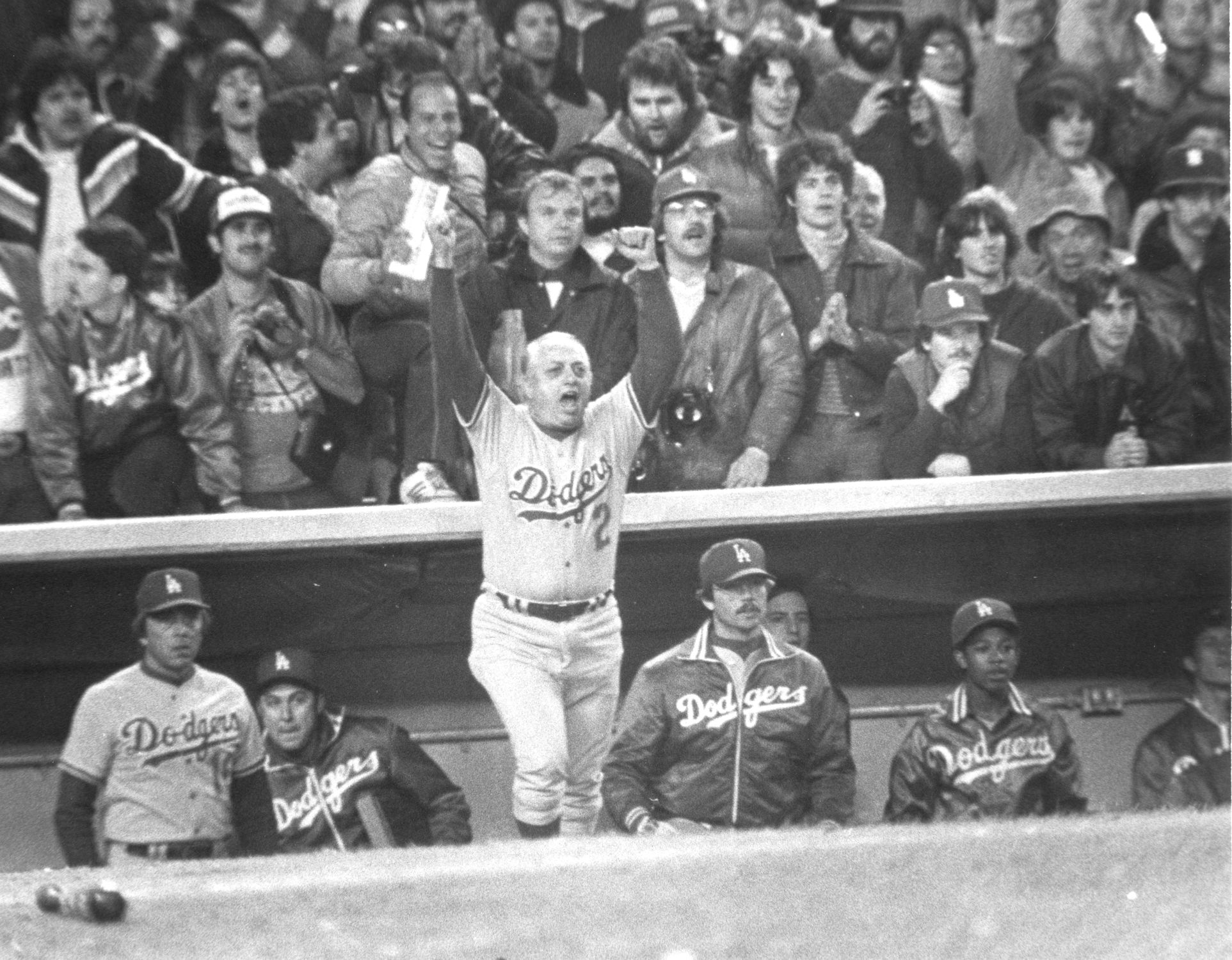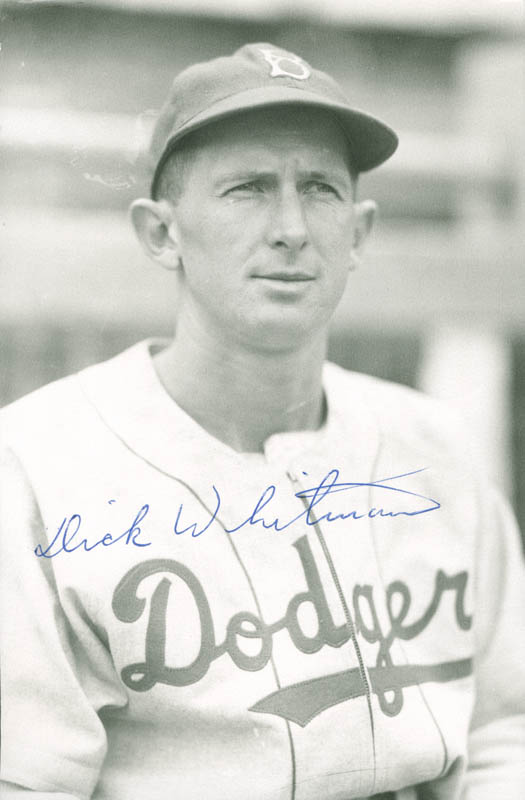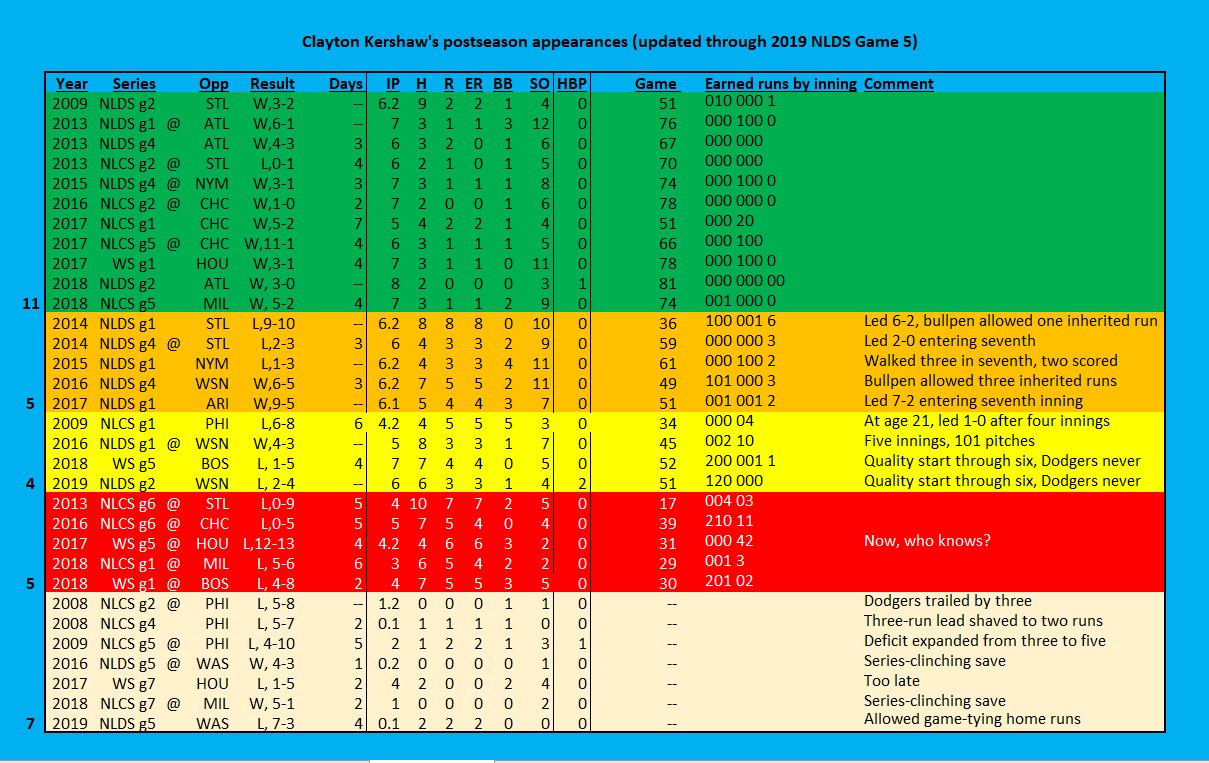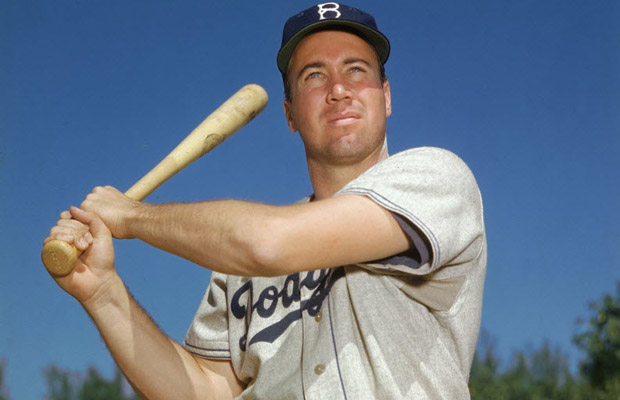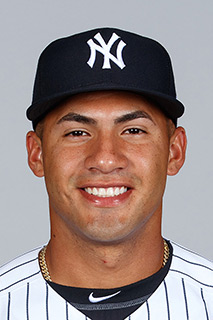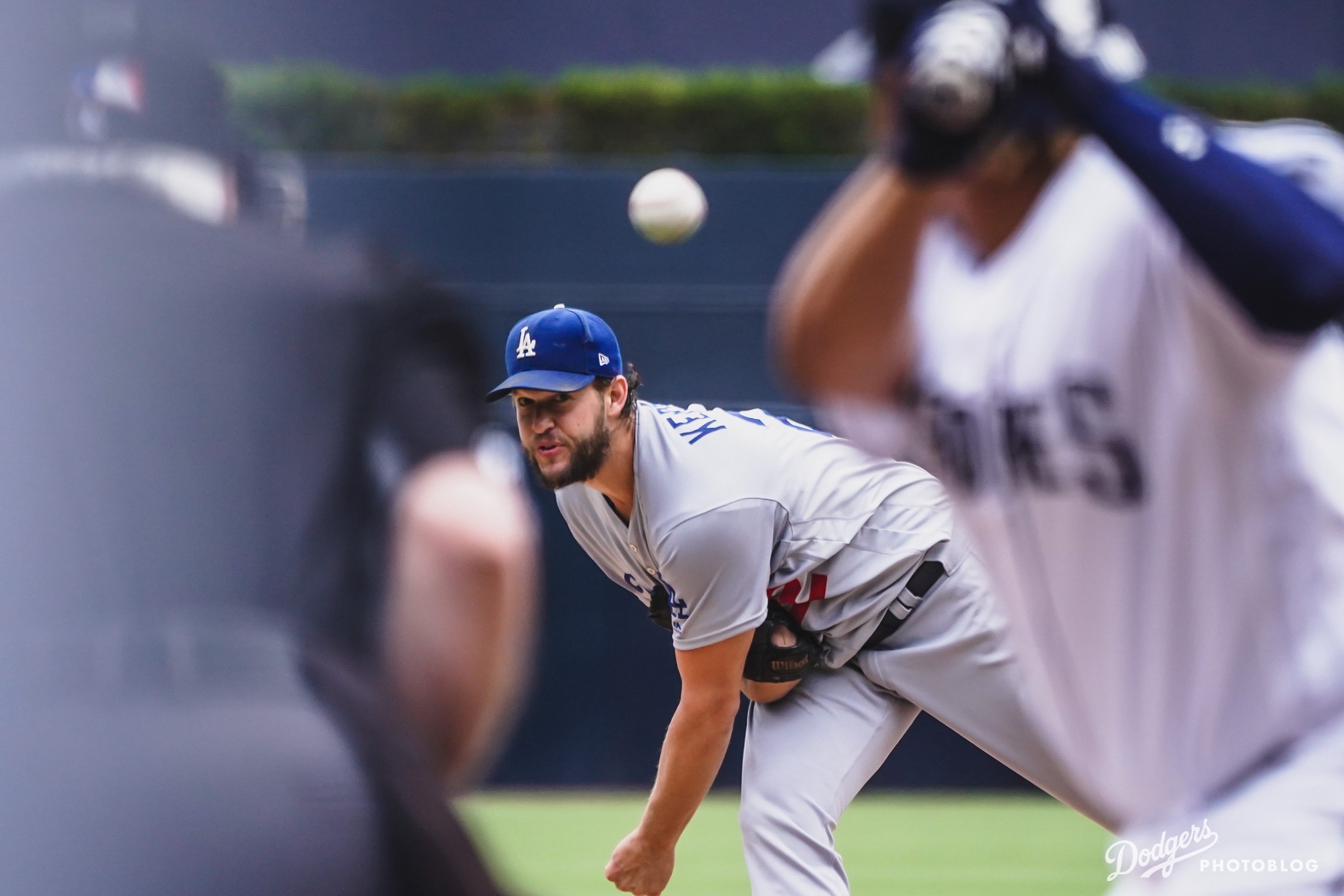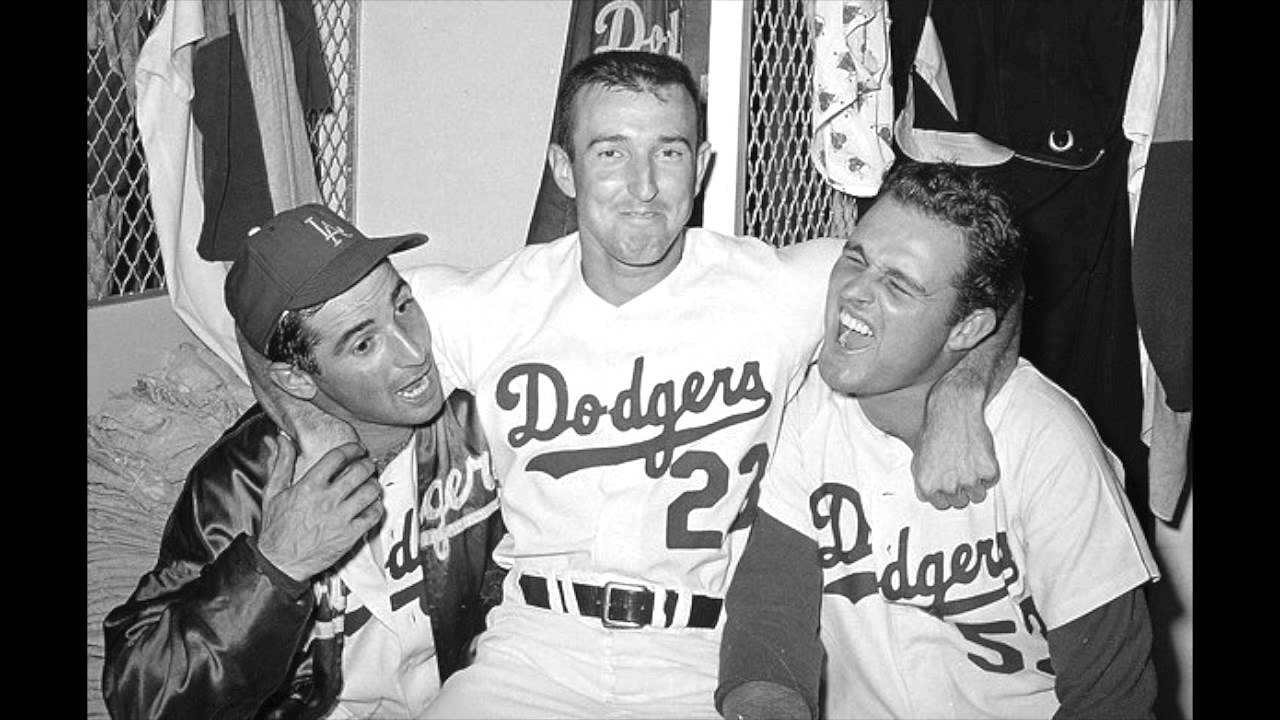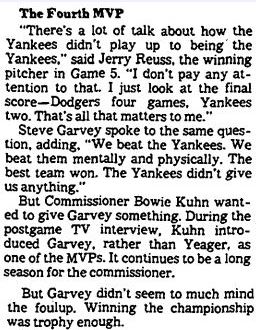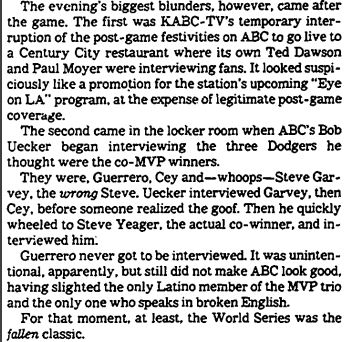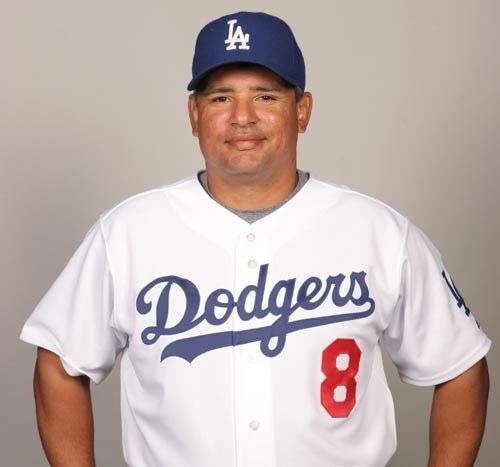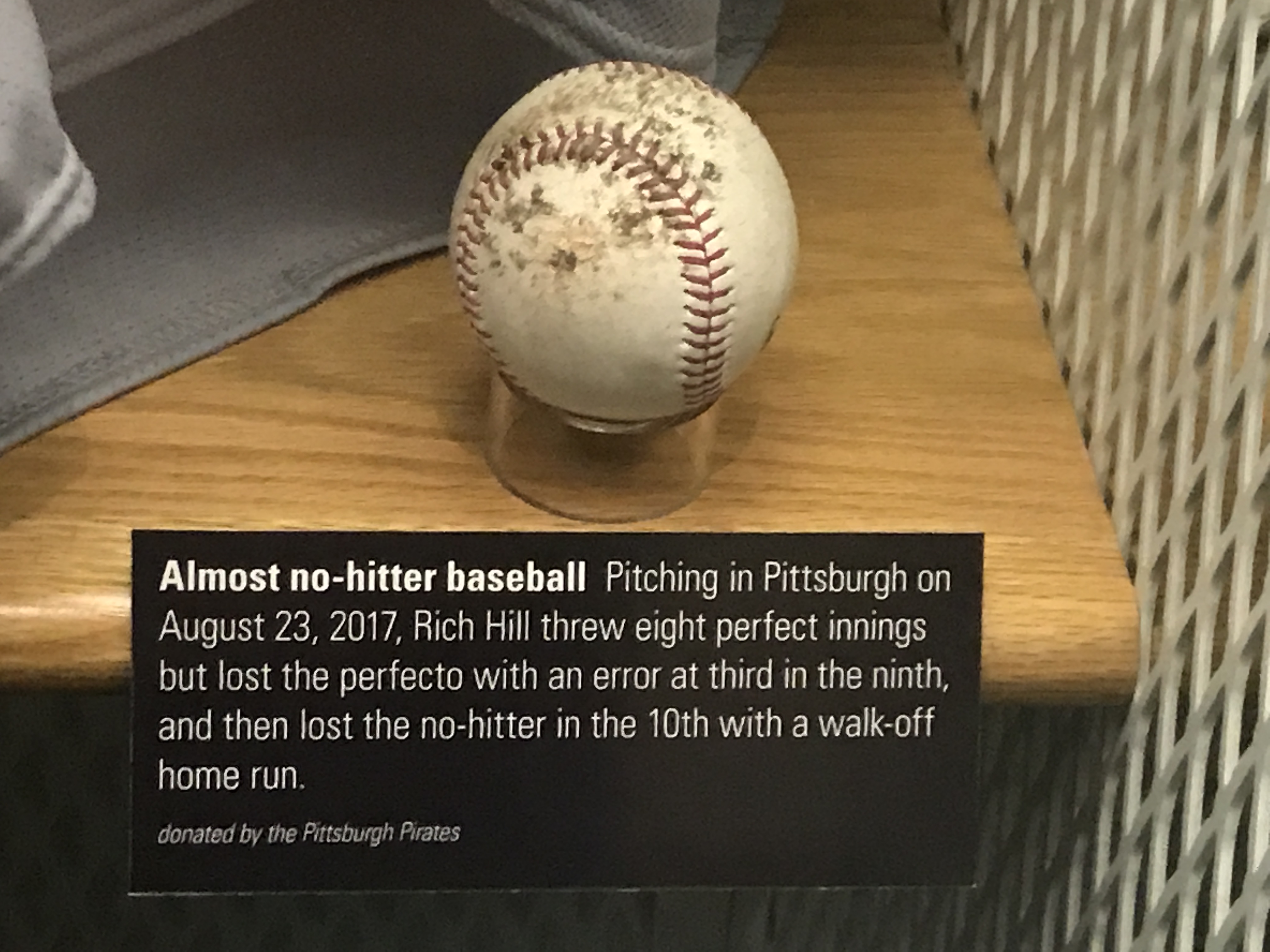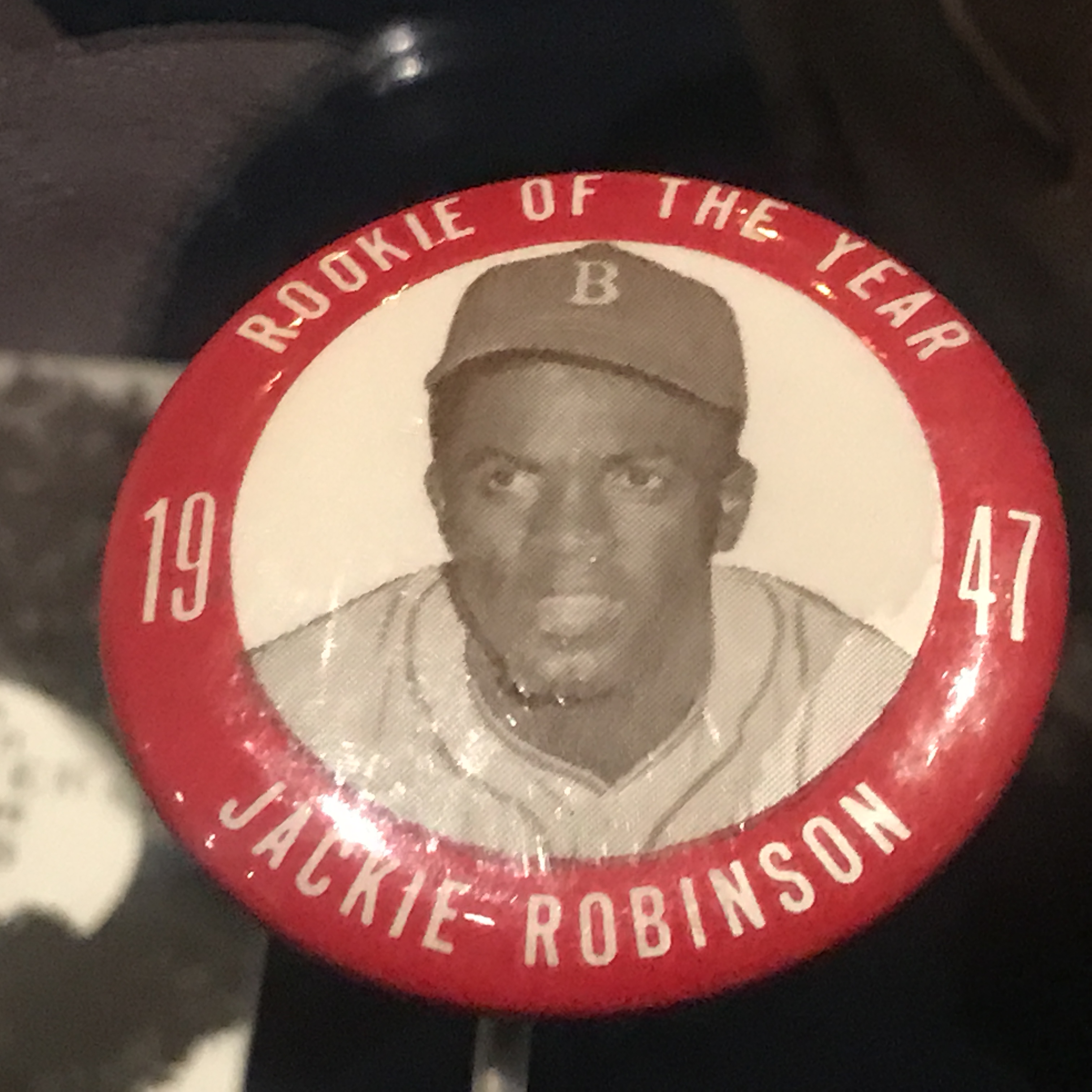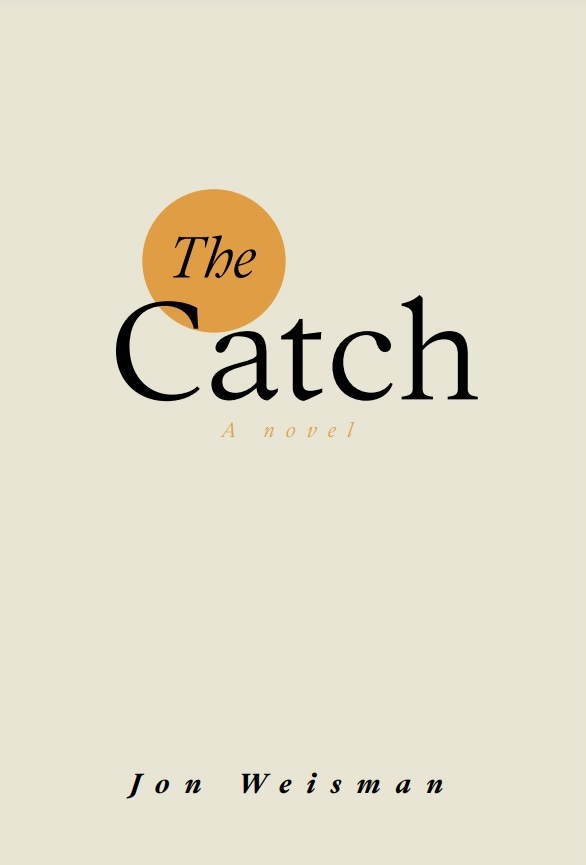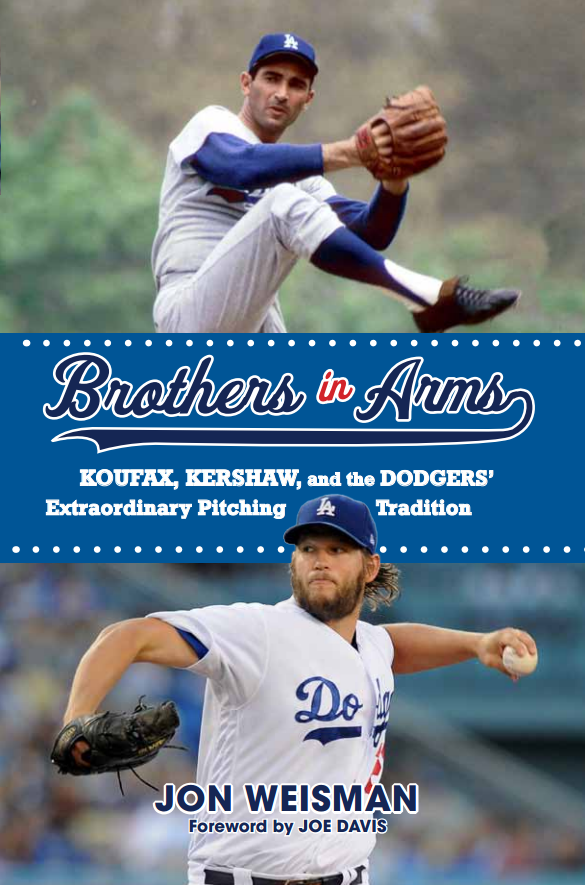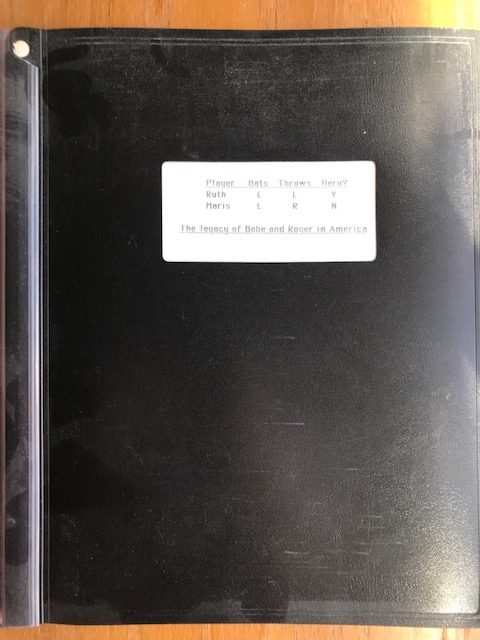
The last paper I wrote as an undergraduate student at Stanford was for a class called Sport in American Life, one of my favorites. It was taught by a terrific visiting professor, Elliot Gorn, and for me, there was no more perfect capper to my American Studies major than to be able to write an essay on baseball, in particular a comparison of the way fans and the media regarded Babe Ruth and Roger Maris.
It’s not a perfect essay, to be sure, but this lull in our baseball lives seems to me to be as good a time to revisit it as any. It has now been 31 years since I wrote it, or longer than it had been from the time Maris hit his 61st home run the time of the paper, which is amazing to me.
My favorite research discovery was that the same beat writer for the New York Times, John Drebinger, covered Ruth’s 60th homer in 1927 and Maris’ record-breaking blast in 1961. The contrast in style between the two stories by the same man might have partly been a reflection of the times, but it still spoke volumes to me.
Also of note is the clear influence Bill James had already had on me by then. I had started buying his annual editions of his Baseball Abstract in 1981, when they were self-published and advertised in the classifieds of The Sporting News. By the time I was working on this paper, James had become much more widely read but was still very much a revolutionary. I quoted him liberally in this paper, and while my work didn’t approach his, the spirit of trying to distinguish between myth and reality was already strong. In a way, this might have been among my first, proto-Dodger Thoughts piece of writing.
Anyway, here it is. (You might need to zoom in with your browser to read it more easily.)
Read More
